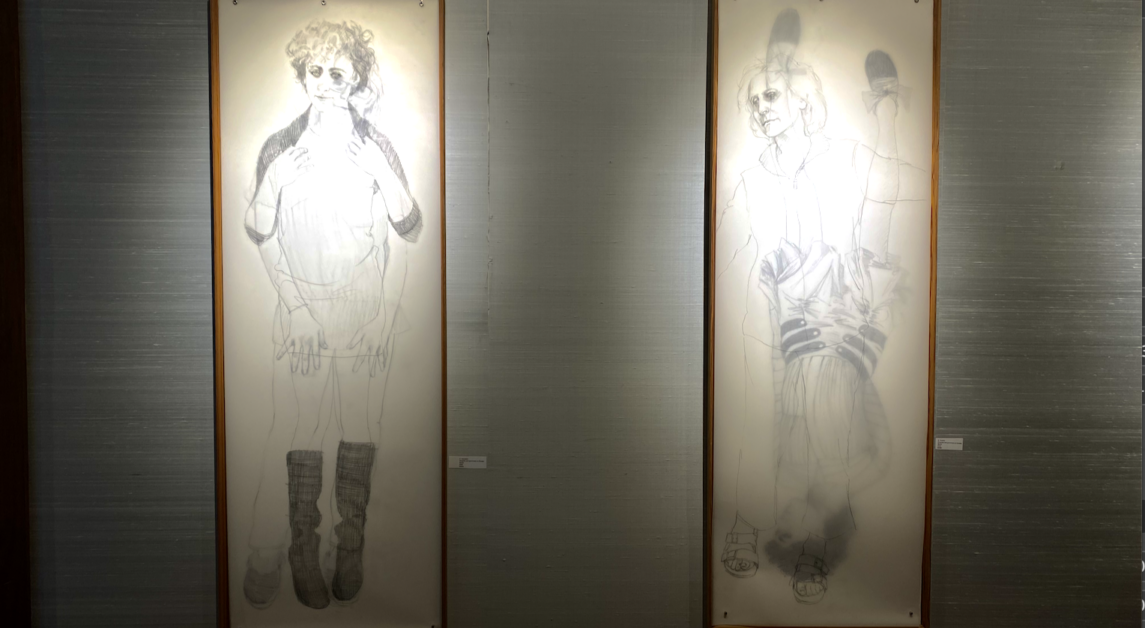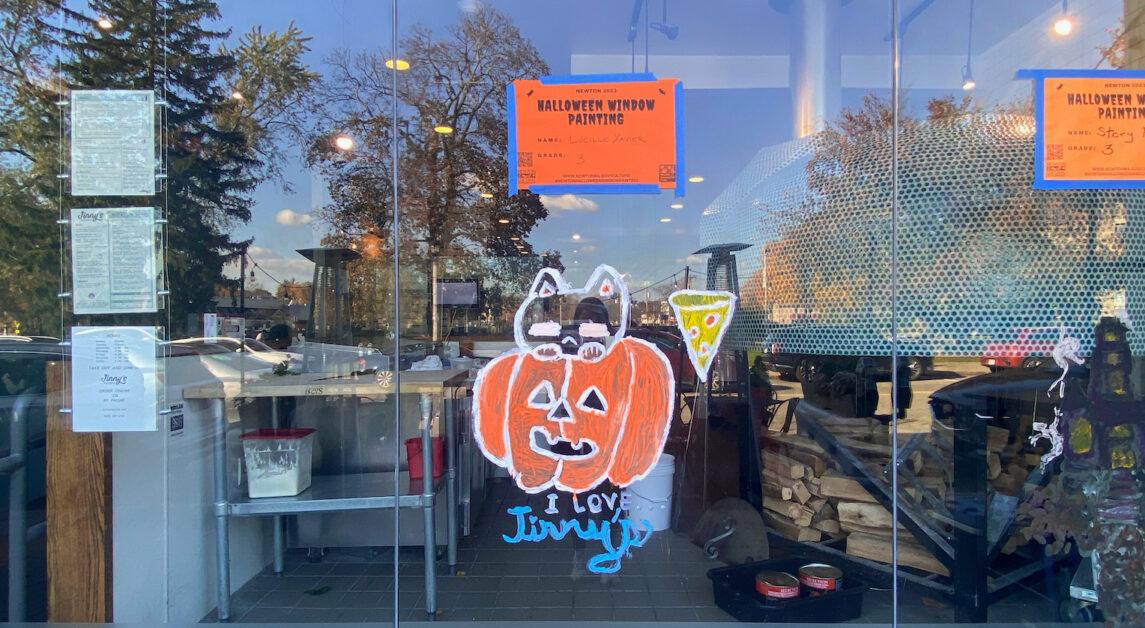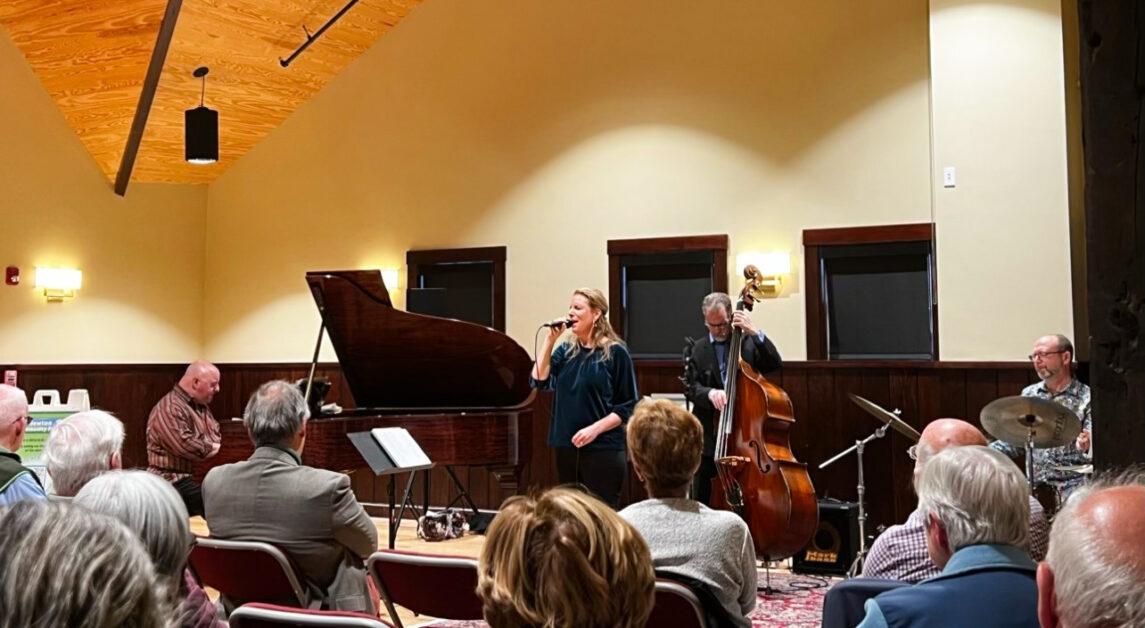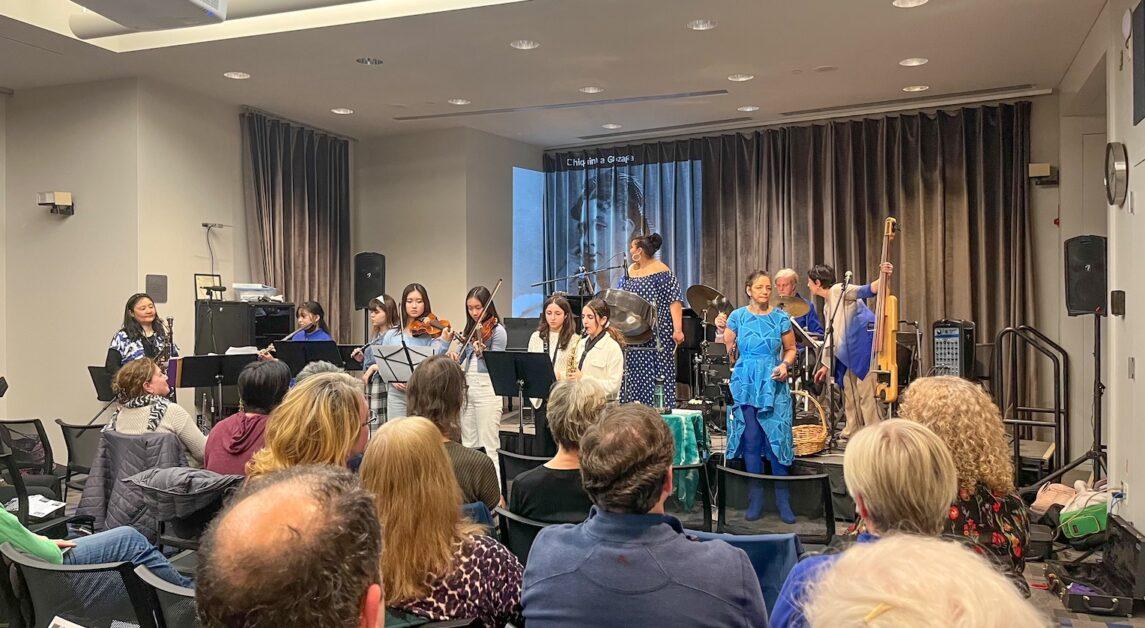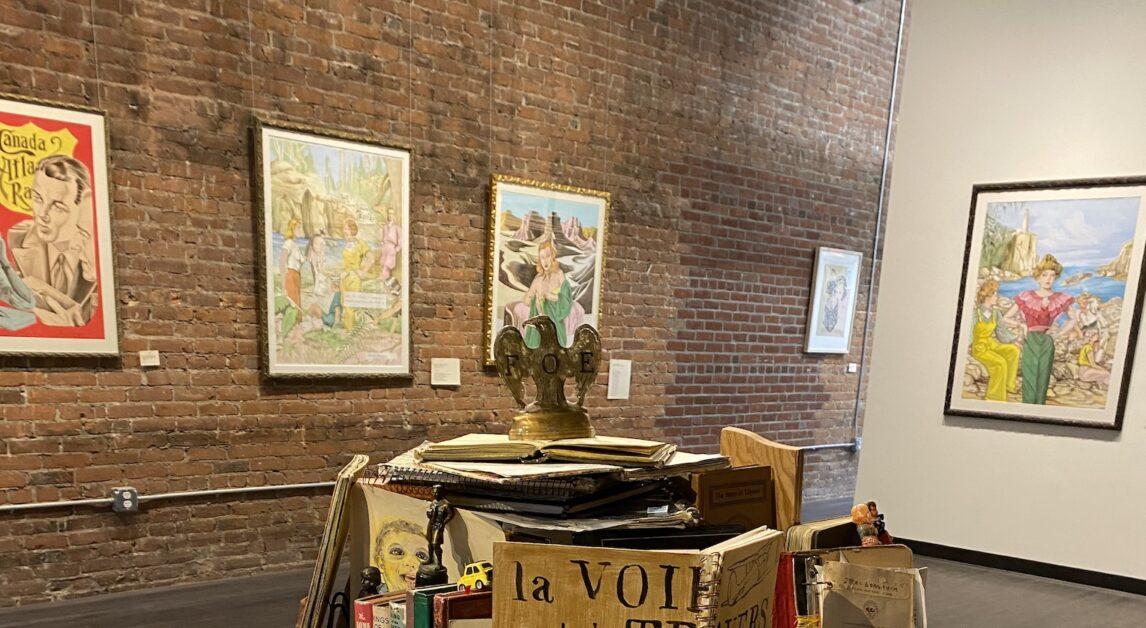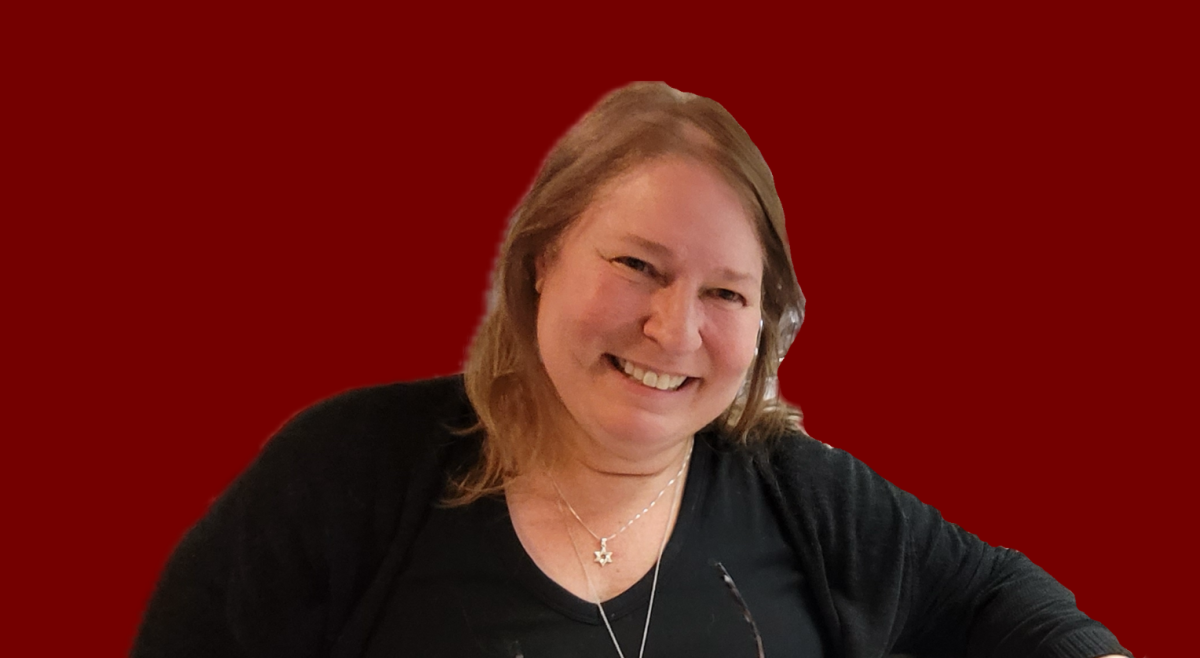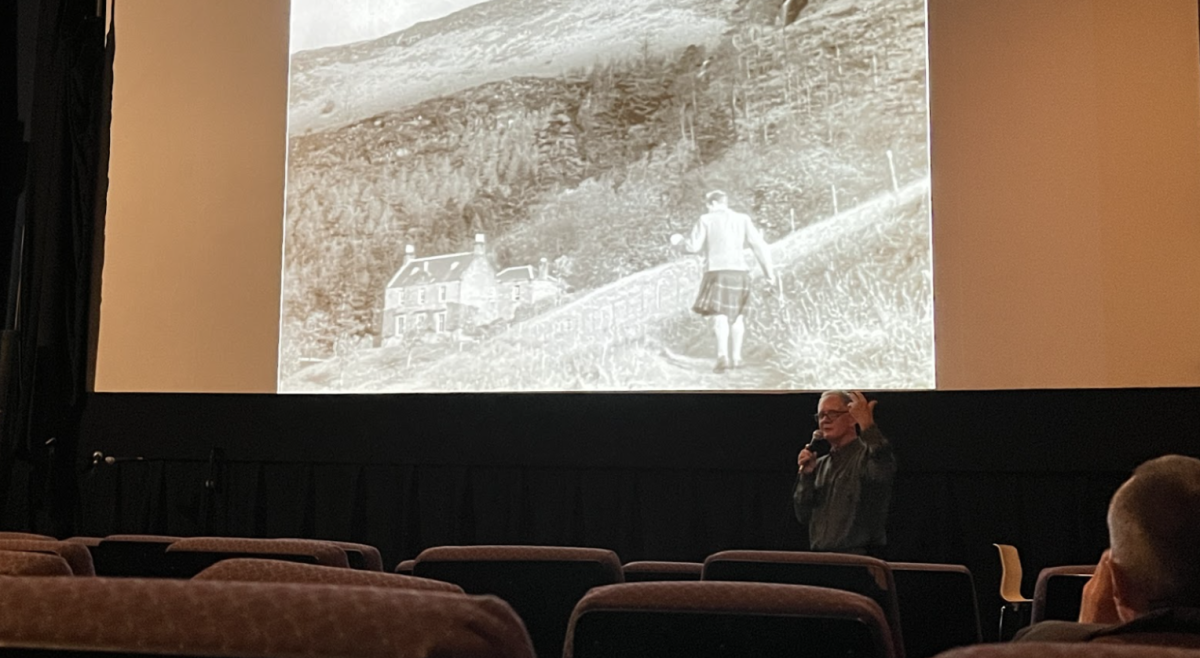During a performance, what the artist chooses to leave out is just as important as what they decide to bring to the stage. A brief absence from the spotlight is just as captivating as a huge stage presence. Small gestures that preview what’s to come are just as compelling as the huge movements of the body that follow them. Silence is just as necessary as sound.
Jazzmeia Horn, a jazz singer who won the Thelonious Monk Institute International Jazz Competition in 2015, proved at the Isabella Stewart Gardner Museum (ISG) on Thursday night that she is an artist who knows all of these things. More importantly, she showed that she’s an artist who knows how to do them, and do them well.
The 27-year-old performed to a nearly sold-out audience in Calderwood Hall at ISG—the venue has the artist perform in “the round” and three stories of chairs surround it, with viewers sitting on all four sides. The round refers to a stage that has audience members sitting on all sides, with no backstage.
The acoustics of the space were perfect for Horn’s hard-hitting and high vocals, and she commented that she had taken off her shoes so that the people all the way in the top seats could feel what she was doing.
Horn’s voice reached heights with such beauty and crispness that it sometimes sounded like a beautiful woodwind instrument. When she sang softly, her voice almost as quiet as a whisper but lost none of its fullness and roundness. After some of her more powerful moments, she stepped to the side—out of view for anyone on the right side of the stage in the upper levels—as the pianist or bassist or drummist performed solos. The pianist stole the show a few times, and Horn always thanked him, calling out his name to the crowd for recognition of his talent.
The singer made use of all the space she was given, moving the microphone stand out of the center of the stage. She walked around slowly at times, making eye contact and exchanging smiles with the instrumentalists performing with her. She danced when the moment called for it and snapped or used her voice to introduce a rhythm that the double bass would emulate more than once throughout the show.
She closed with the opener of her album: “Tight,” by Betty Carter. Horn cited the 20th century jazz singer as an inspiration for her own work, along with Nina Simone, who was a singer-songwriter and civil rights activist. At a recent honoring of jazz musicians in the United States that Horn attended, Simone was one of the three women out of roughly 100 men. That made her music even more powerful for this young artist, who heard Simone’s voice for the first time less than a decade ago, she said.
Horn performed at ISG as part of the fifth season of the RISE series, which showcases young up-and-coming artists with backgrounds in pop, rock, and hip-hop. Latrell James—a rapper from Dorchester, Mass.—opened for her. James had the same ability to hold space that Horn did. His performance would come to a halt on occasion, building a tension that he would finally break when he resumed singing or rapping.
He brought the audience into his performance, asking that everyone respond with a set sound or word that he would disclose before the start of the song. If he didn’t like how the audience sounded, he had them do it again. His comfort in front of people was something you don’t often see in someone without years and years of experience. But James wanted everyone to have as much fun as he was having.
“Let’s get a noise violation,” he laughingly implored of the crowd.
While the two artists’ energies were different, they managed to captivate the same audience and draw them into their performances. Unlike some musical or artistic events in Boston that only cater to one demographic, this one drew in a wide variety of audience members there to enjoy the music.
“Thank you for coming and supporting this music we call jazz,” Horn said, as people leaned over the railing, anxiously anticipating the beginning of the next song.
Featured Image by Colleen Martin / Heights Editor

